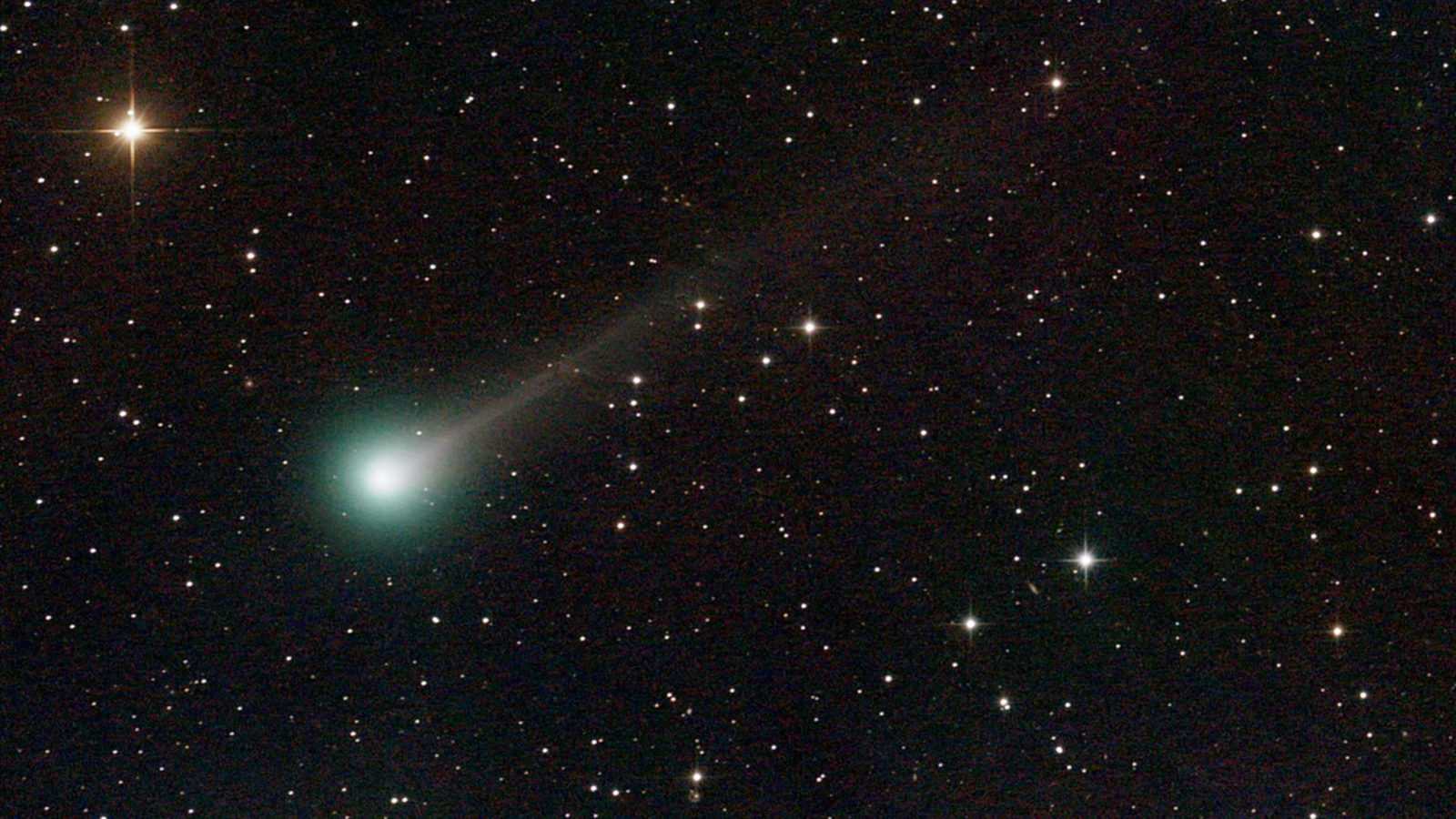Larva ant queen looks like an alien doll in trippy new microscope images
Scientists don't know why the ant is covered in doorknob-like lumps.
Every queen needs a crown. For the queen ant Monomorium triviale, that crown bursts and bubbles out of her head, back and abdomen while she's still a larva — leaving worker ants little confusion about who's the boss, even when the boss is a baby.
M. triviale are amber-colored ants native to China, Japan and South Korea. The queen ants of the species can produce offspring by laying unfertilized eggs — no males necessary — in a process called thelytokous parthenogenesis. In fact, a new study published March 3 in the journal Zootaxa points out, no male M. triviale have ever been identified; all known M. triviale ants fit into two categories: sterile female workers and fertile queens.
In their new study, researchers wanted to better understand the differences between these two ant classes, starting at the earliest larval stages. The team collected some M. triviale nests from a thicket in the suburbs of Kyoto, Japan, then transferred the immature colony members to artificial nests in a laboratory. There, the researchers studied the ant larvae using several types of high-definition microscopy.
As the worker and queen ants developed, they periodically shed their exoskeletons, taking on strange new forms (or "instars") with every molting. Both queens and workers started as oblong blobs, before developing mouthparts and tiny, spiky hairs along their bodies within a few days of hatching, the researchers wrote.
Related: What do ants smell like?
As the worker and queen ants developed, they periodically shed their exoskeletons, taking on strange new forms (or "instars") with every molting. Both queens and workers started as oblong blobs, before developing mouthparts and tiny, spiky hairs along their bodies within a few days of hatching, the researchers wrote.
But in her final larval form, the queen ant pulled off a look unlike any other. Her body had gone almost completely hairless, the team found, and had instead sprouted 37 doorknob-like lumps, or "tubercles" all along its length, giving her a look something like an alien plushie doll, or a Panic Pete squeeze toy from a parallel universe.
Get the world’s most fascinating discoveries delivered straight to your inbox.
When the researchers probed the interior of these tubercles, they found that the lumps were made of extended skin and cuticle, and they were about twice as thick as any other part of the queen's body. The lumps contained no muscle, ducts or specialized parts, raising the question: What are the ant queen's fleshy lumps actually good for?
The study authors couldn't say for sure, but they pointed to five possible explanations from a 1976 paper whose authors had looked at the morphology of various ant larvae. The structures could help support the larvae's bodies, allow them to cling to nest ceilings or walls, or they might help queens defend against cannibal attacks from other larvae, the researchers wrote.
Alternatively, the lumps could be involved in feeding, possibly being used to hold food to the larva's body surface, or to help pass food between larvae.
"The function of queen-specific tubercles of the M. triviale larvae is still unclear at this time," the authors of the new study wrote in the paper. "Behavioral observations of the interaction between the workers and the queen larvae… will help us understand the hidden but essential roles larvae play in complex ant societies."
It's a lot of look, but M. triviale's larva queens pull it off. Now, scientists just need to figure out why.
Originally published on Live Science.

Brandon is the space / physics editor at Live Science. With more than 20 years of editorial experience, his writing has appeared in The Washington Post, Reader's Digest, CBS.com, the Richard Dawkins Foundation website and other outlets. He holds a bachelor's degree in creative writing from the University of Arizona, with minors in journalism and media arts. His interests include black holes, asteroids and comets, and the search for extraterrestrial life.
 Live Science Plus
Live Science Plus






